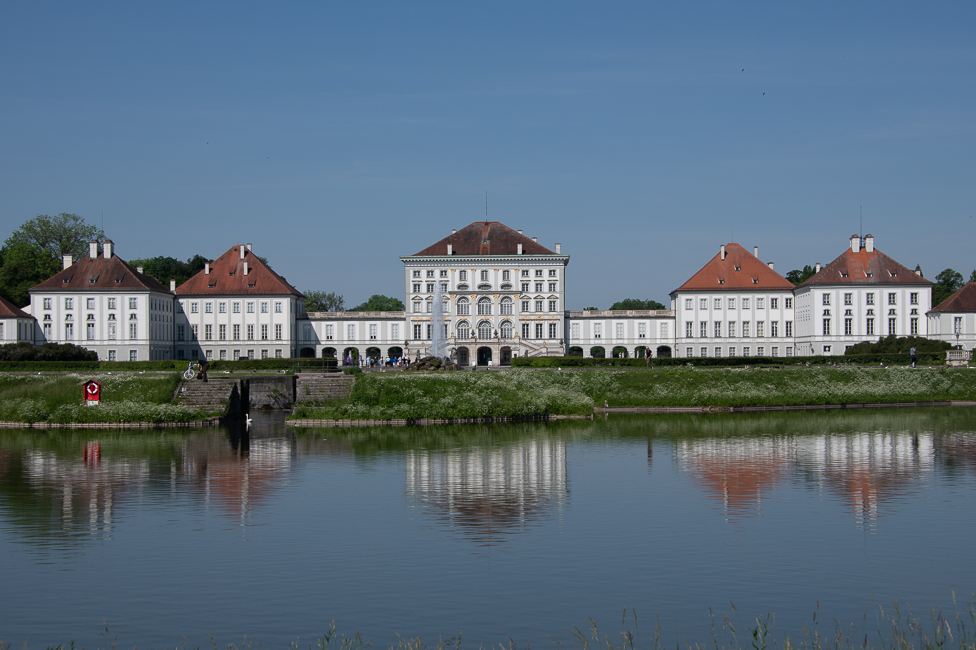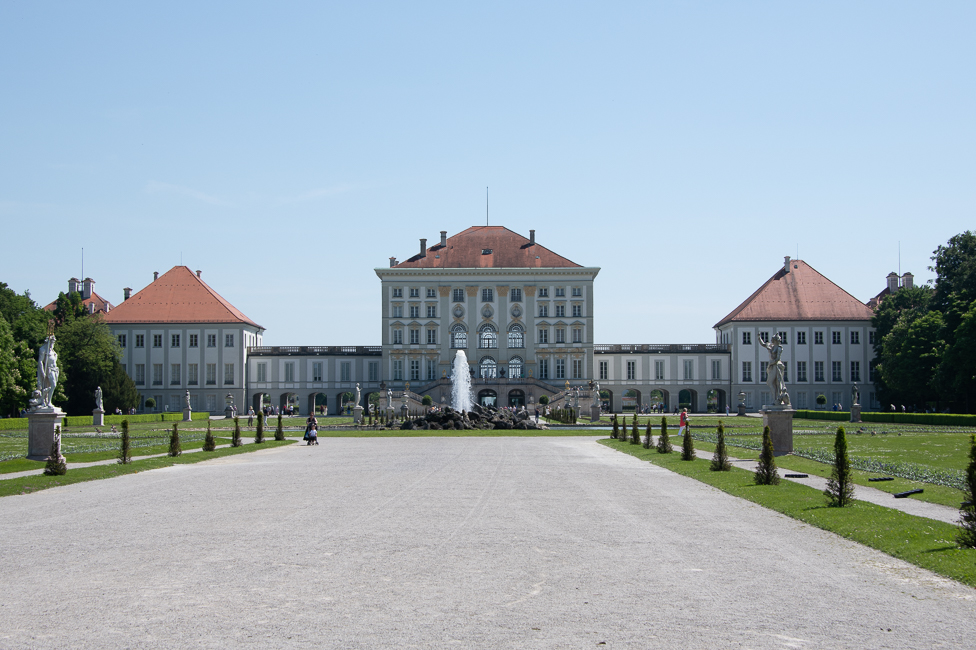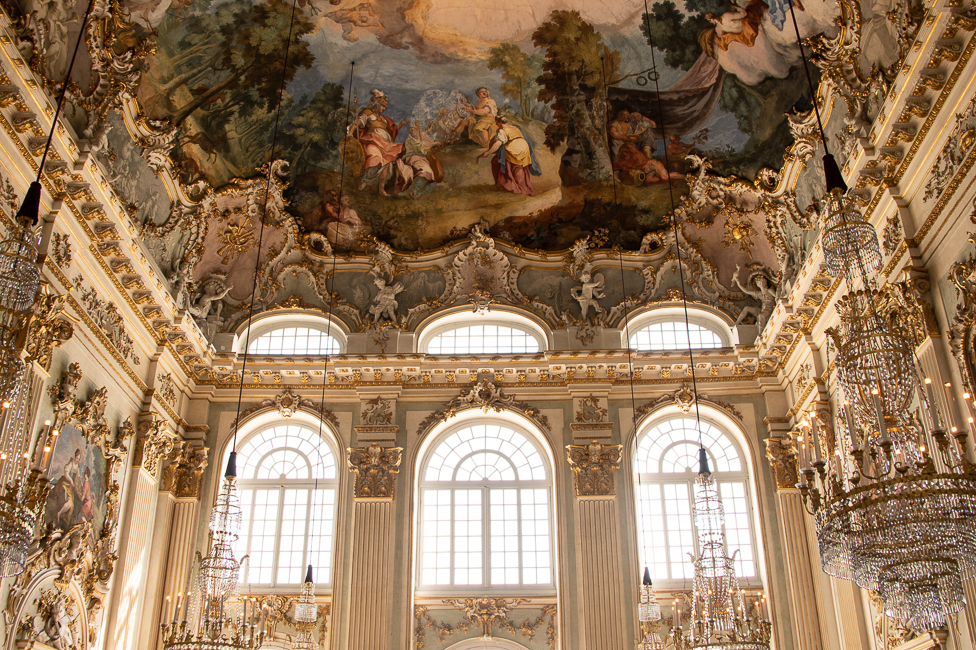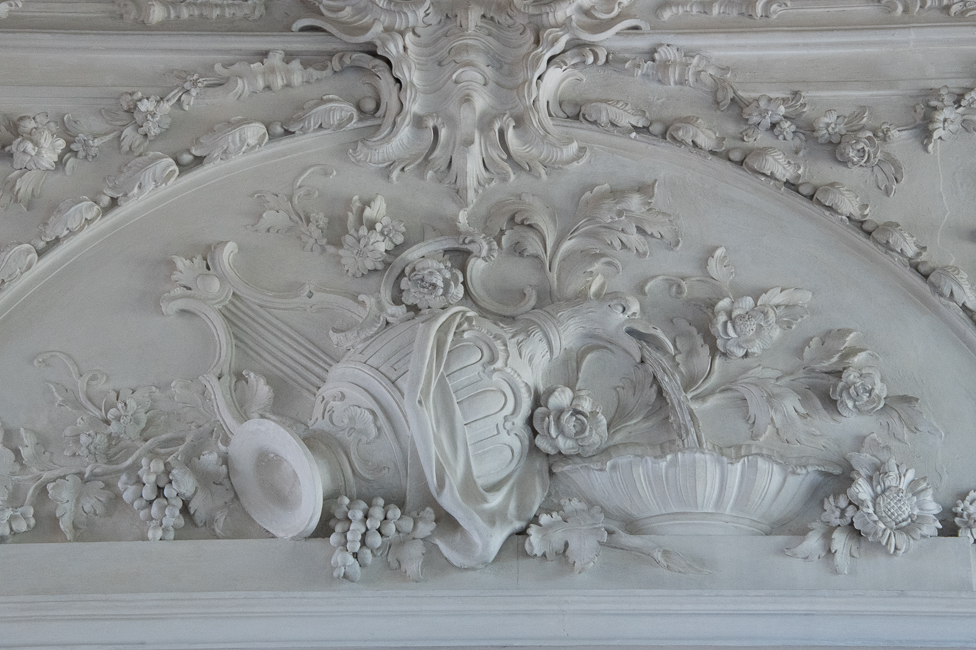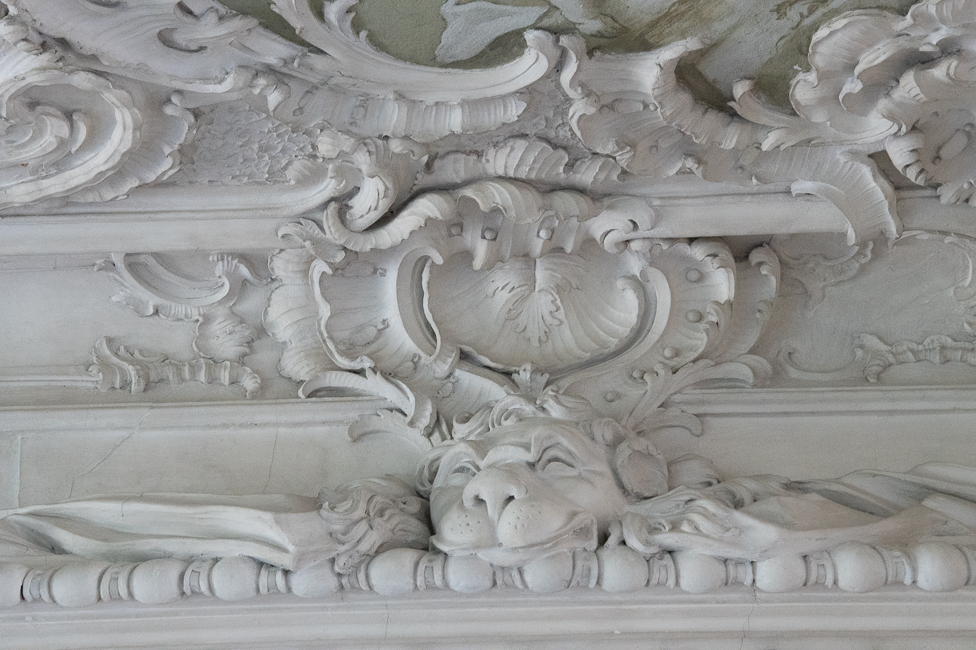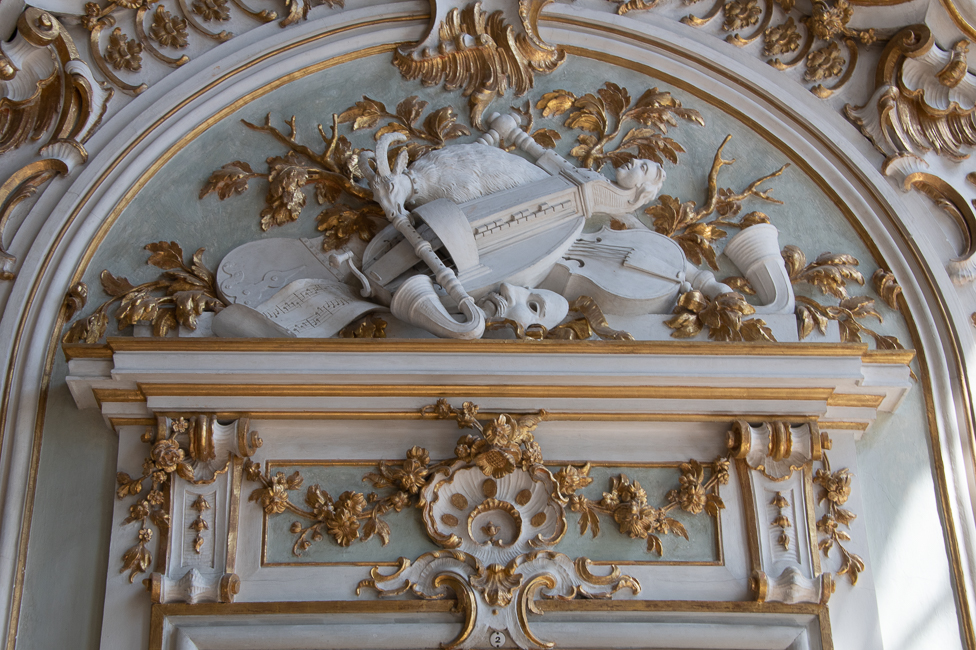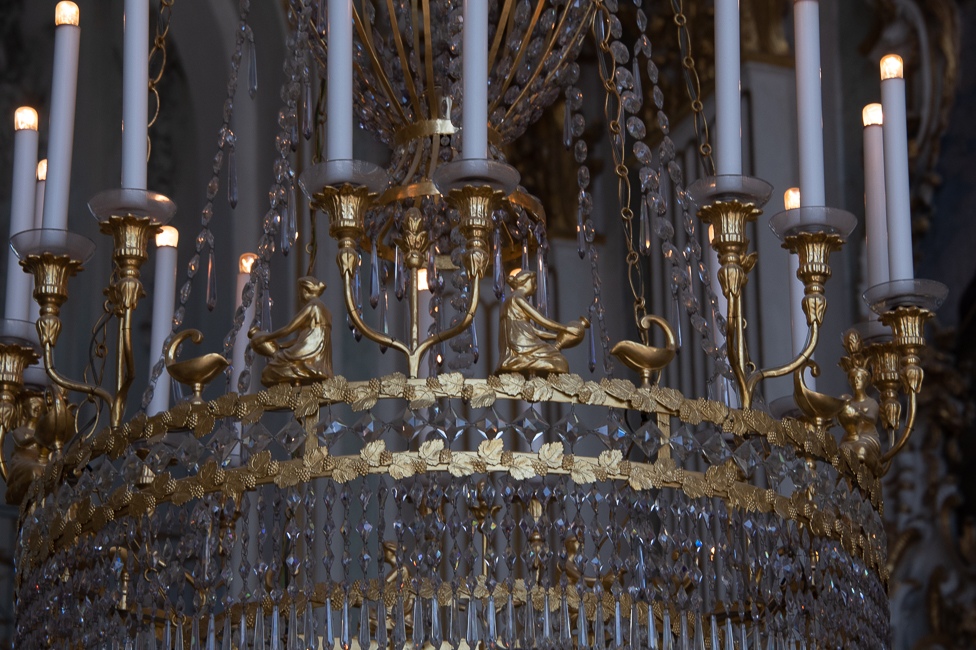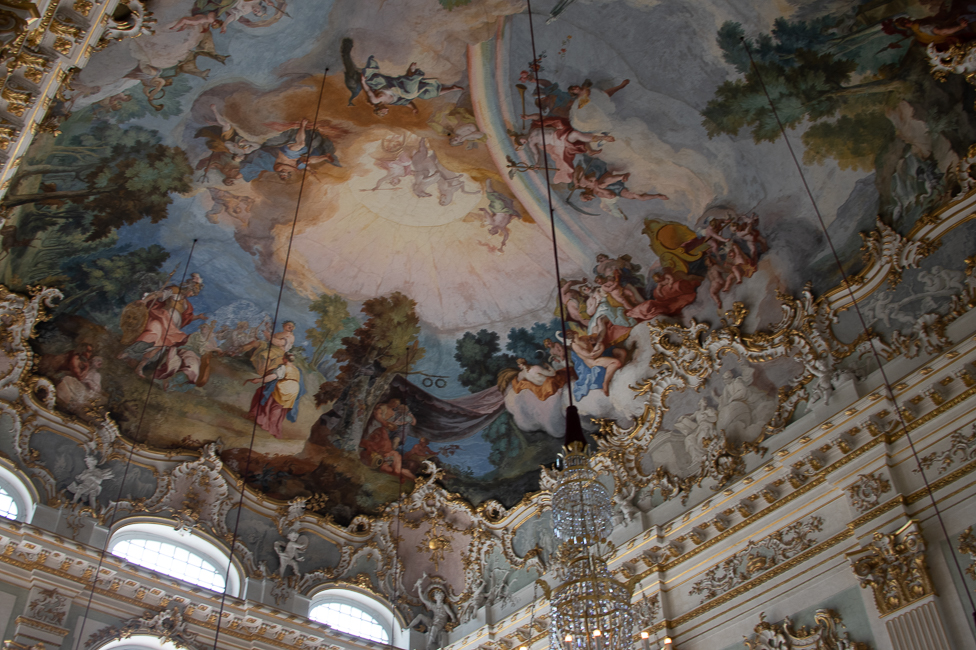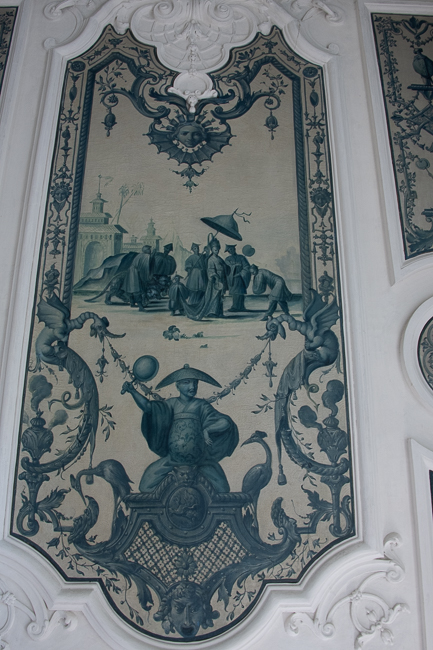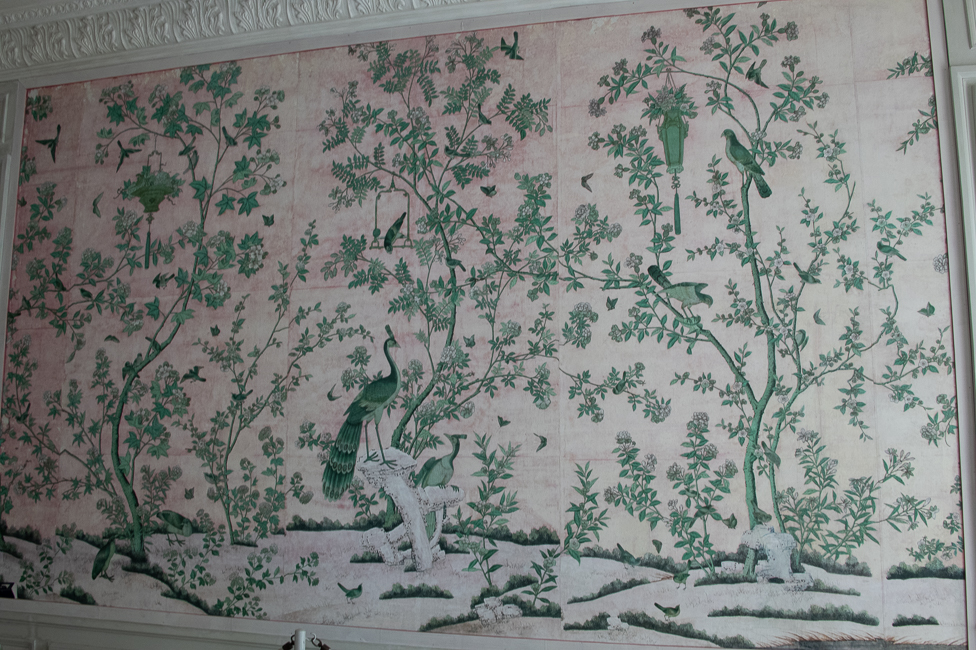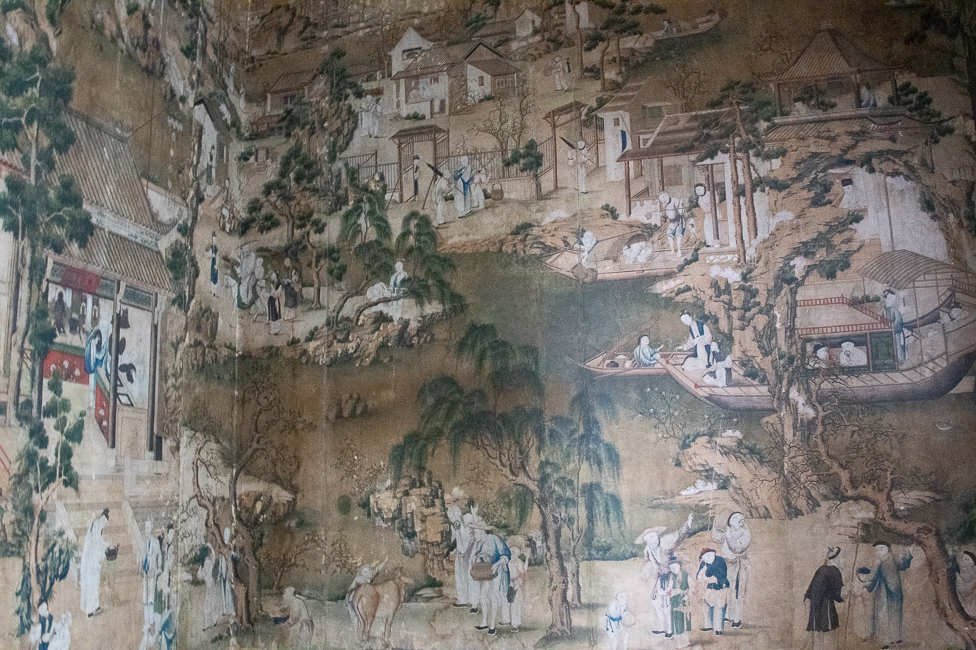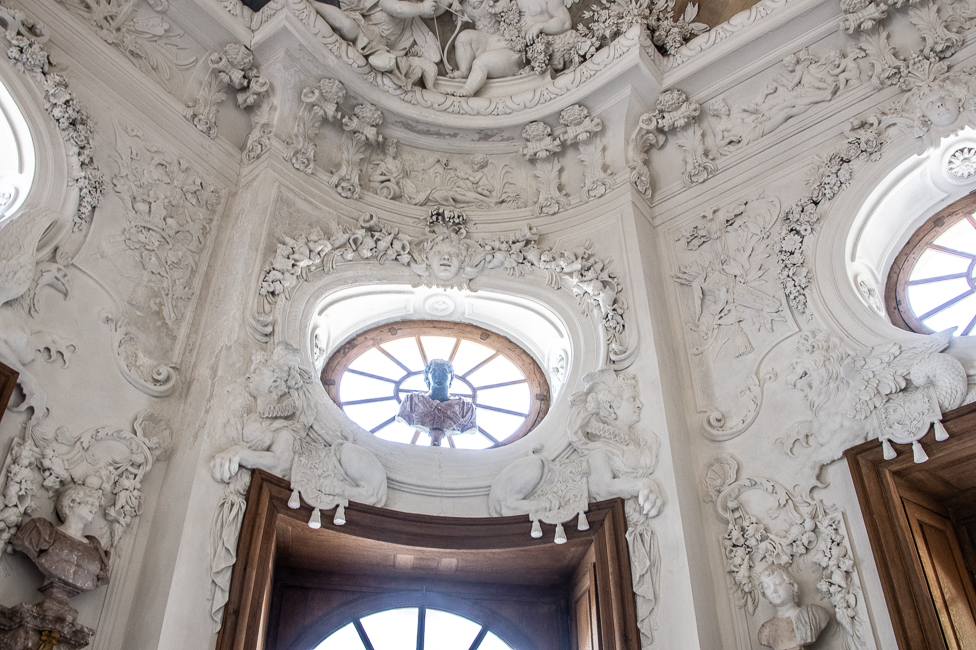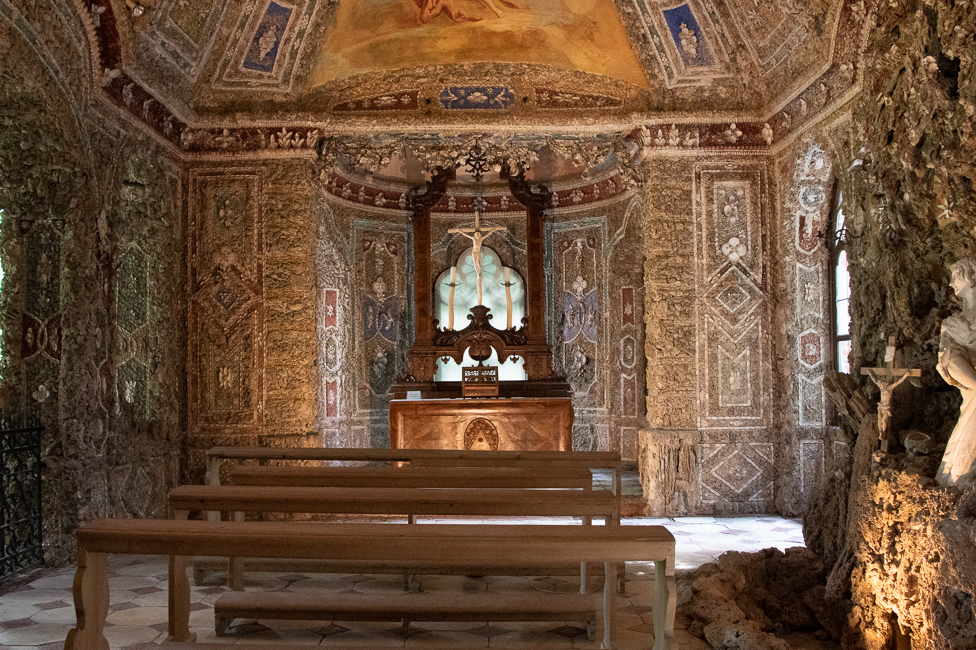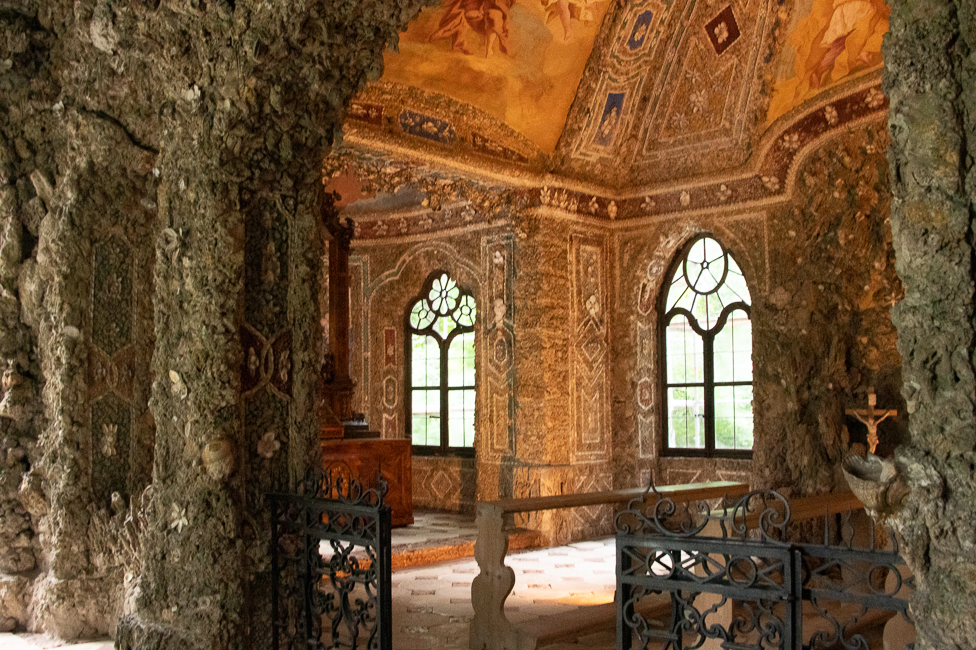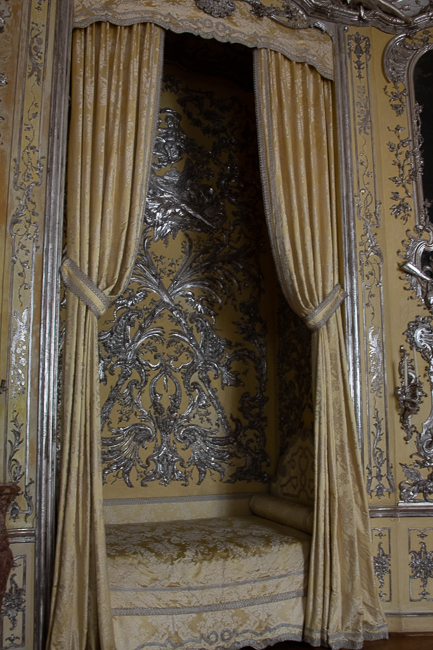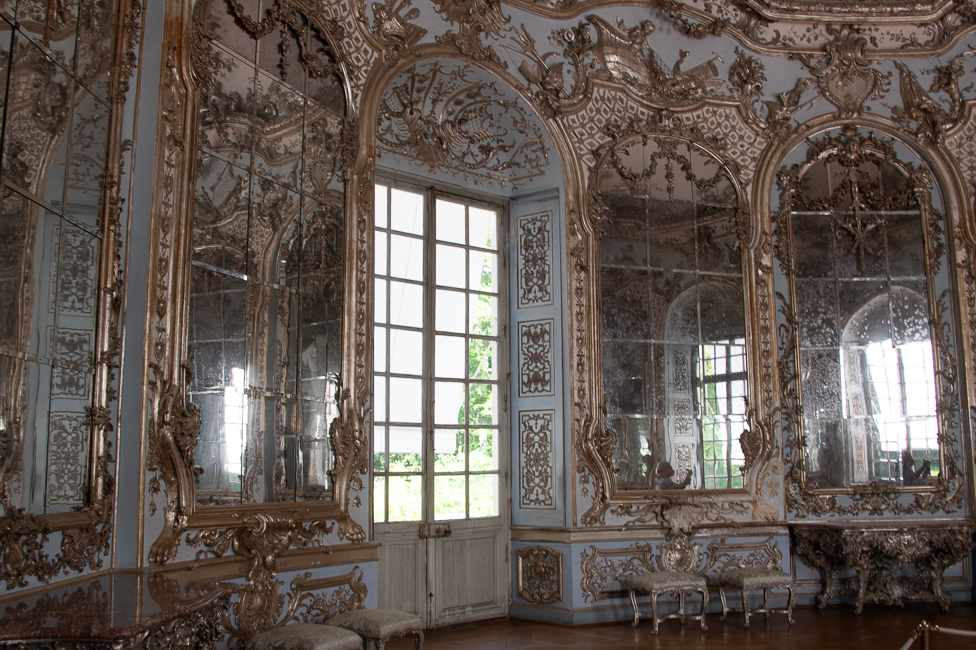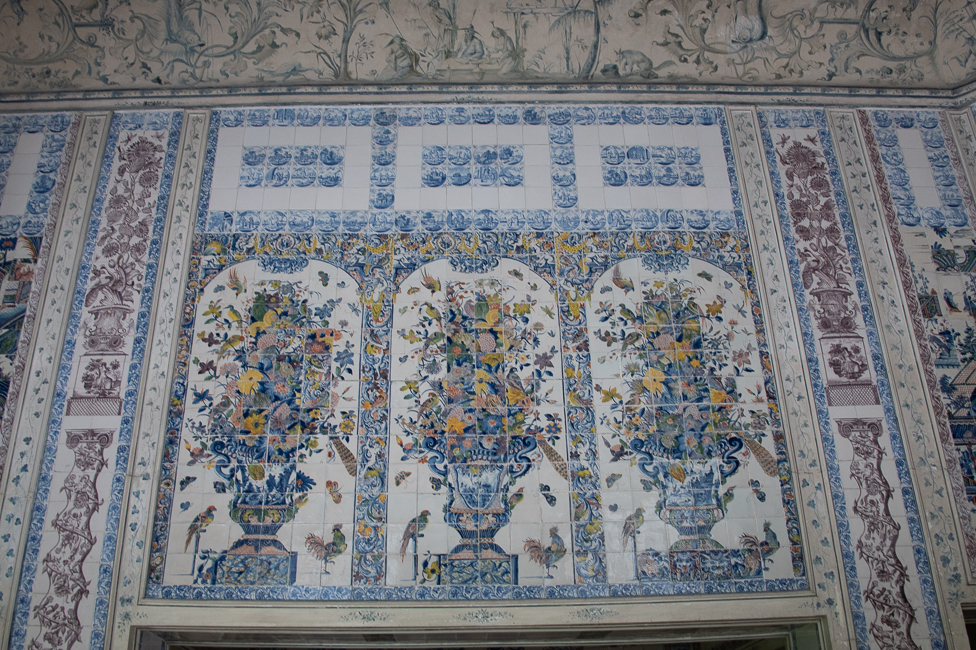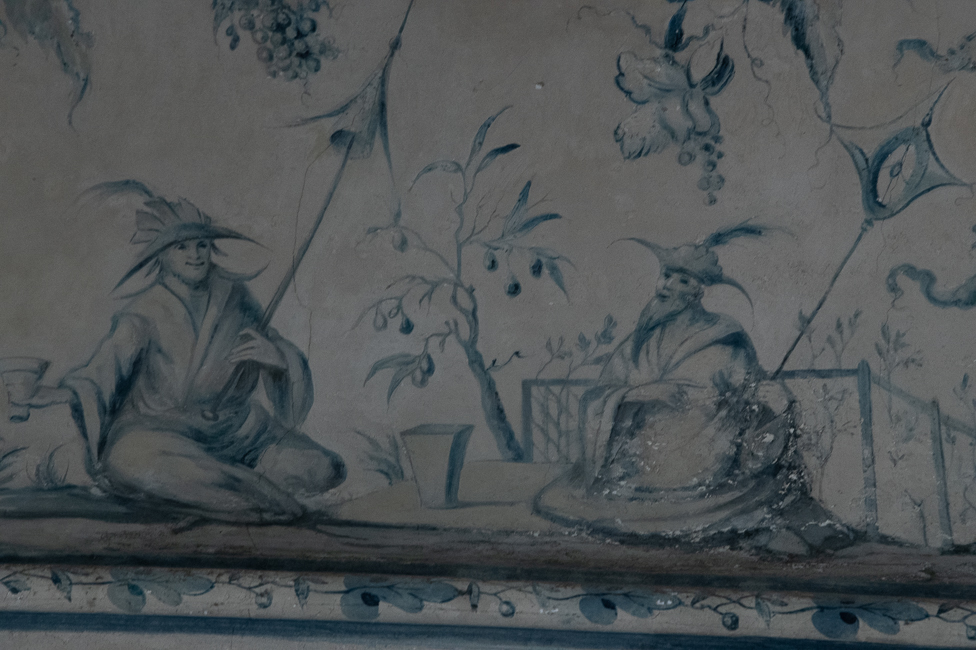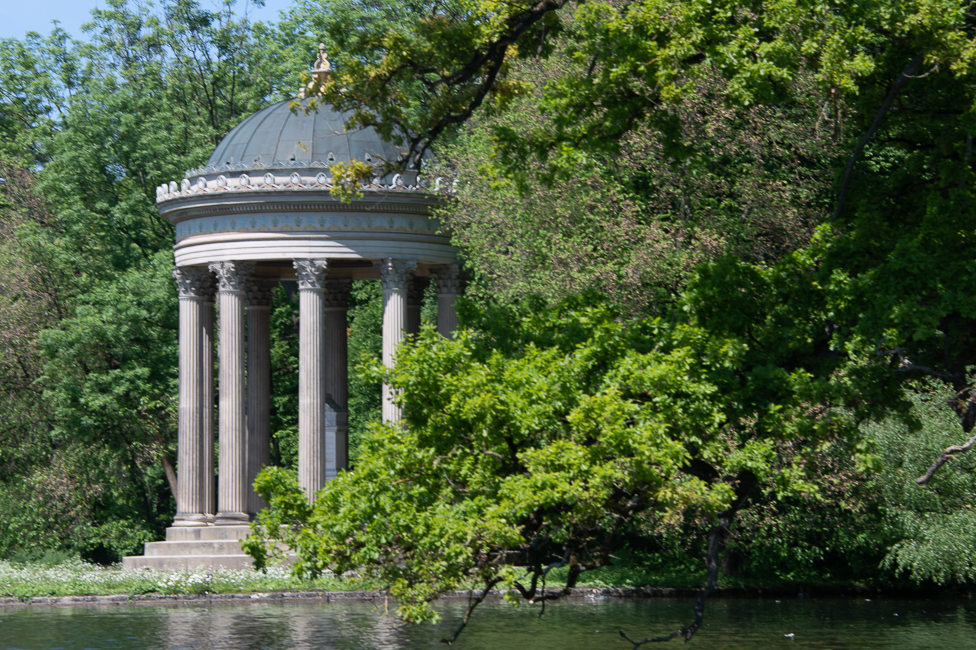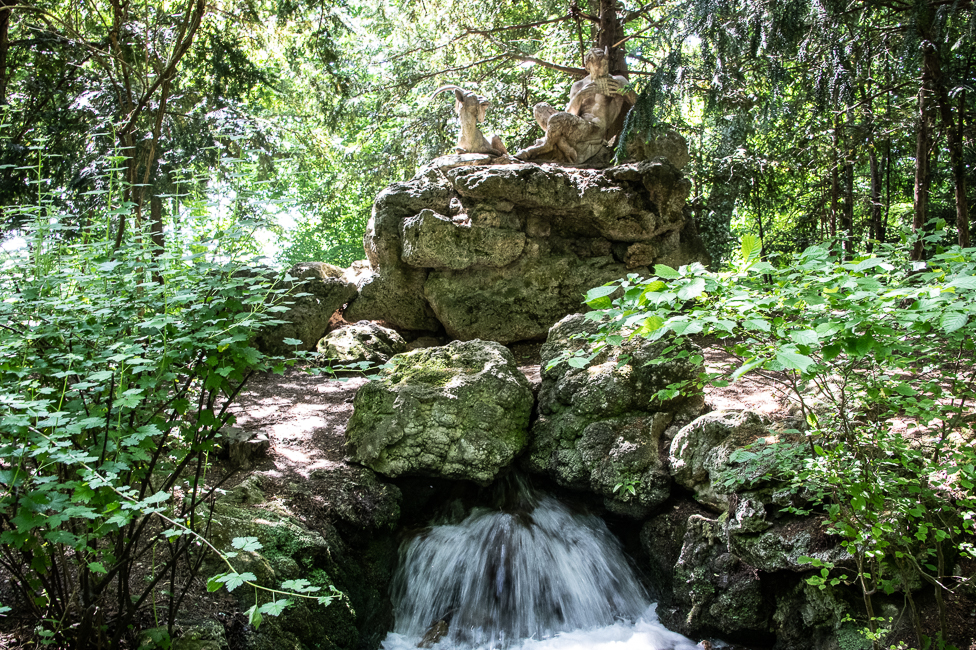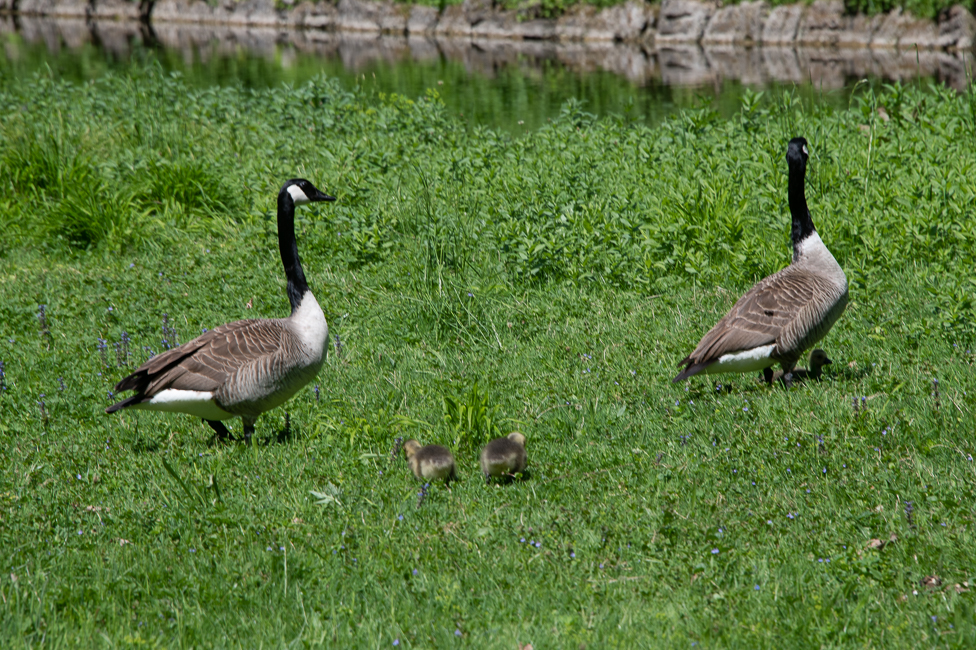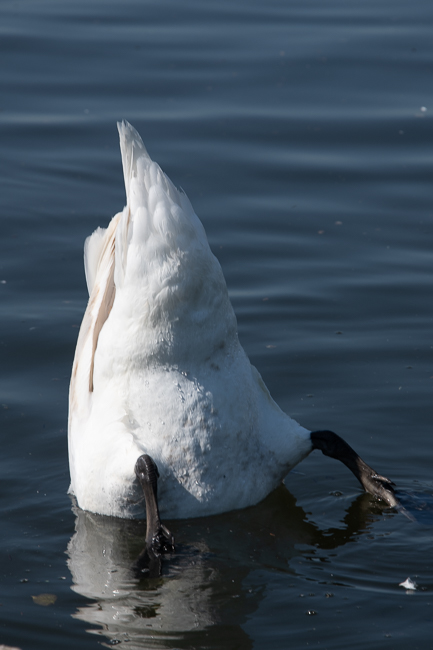May 2022
The Nymphenburg Palace and Park served as the main summer residence for the former rulers of Bavaria of the House of Wittelsbach.
Commissioned by the electoral couple Ferdinand Maria and Henriette Adelaide of Savoy, it was designed by Italian architect Agostino Barelli in 1664 following the birth of the electoral couple’s son Maximilian II Emanuel. The central pavilion was completed in 1675 and the palace has been added onto and transformed over many years.
The prince-electors, or electors for short, were the members of the electoral college that elected the emperor of the Holy Roman Empire.
The facades are baroque as are many of the interior rooms, while others are done in either rococo or neoclassical styles.
Inside the park are several pavilions or what I took to calling outcastles. They are spectacular in their own right, and frankly more intriguing than the palace itself.
They are:
The Pagodenburg (1716–1719), an octagonal, two-story pavilion with Delft tile decoration downstairs and Chinoiserie upstairs. It was built by Joseph Effner as “maison de plaisance” and tea house.
The Badenburg (1719–1721) is a Baroque pavilion also by Joseph Effner. It served for the private bathing with its very large tiled bath, or what most today would consider a pool. The dressing room is decorated with various Chinese printed wallpapers.
The Magdalenenklause is a faux ruin meant for retreat and meditation, erected between 1725 and 1728. The highlight for me was the grotto, but the rest was a stark series of rooms covered in dour ecclesiastical black and white drawings meant to truly make you want to do penance, even if you hadn’t committed any sin.
The Amalienburg, is a seriously over the top Rococo hunting lodge constructed in 1734–1739 by François de Cuvilliés for Charles Albert and his wife, Maria Amalia of Austria. The most spectacular portion being the hall of mirrors designed by Johann Baptist Zimmermann and Joachim Dietrich.
The Apollotemple is a neoclassical monopteros by Leo von Klenze, erected in 1862–1865.
The day had turned 85 degrees, an unexpectedly hot day, so a trip out to a garden with 2 lakes, many streams and lots of trees was the perfect decision.
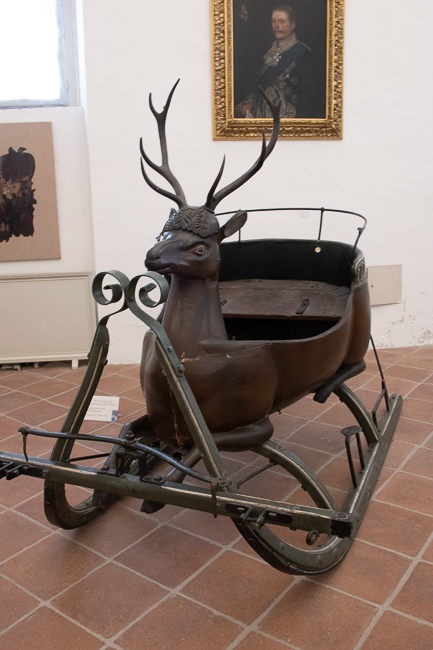
There are several museums on the site, including one dedicated to sleighs and carriages. The carriages were so obscene in their luxury I preferred this sweet simple sleigh
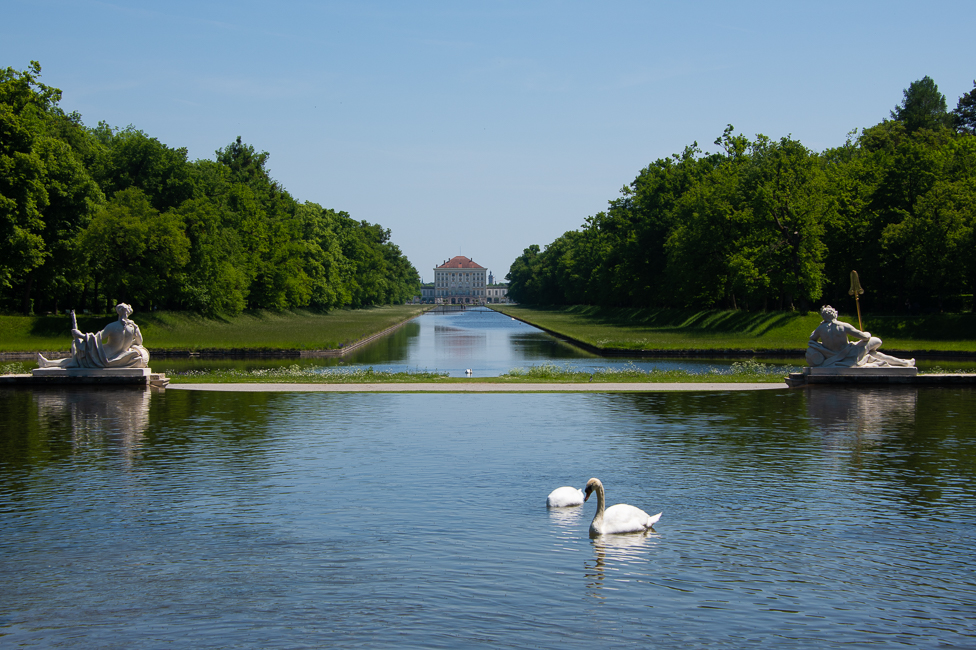
The ducks, swans and other avian life were rife, enough that one would assume they were in a bird sanctuary
Munich is a spectacular town for architecture, art and history, but every once in a while one needs a break from the city, especially when the weather turns unseasonably hot. The Nymphenburg Palace and Park is the perfect escape.
